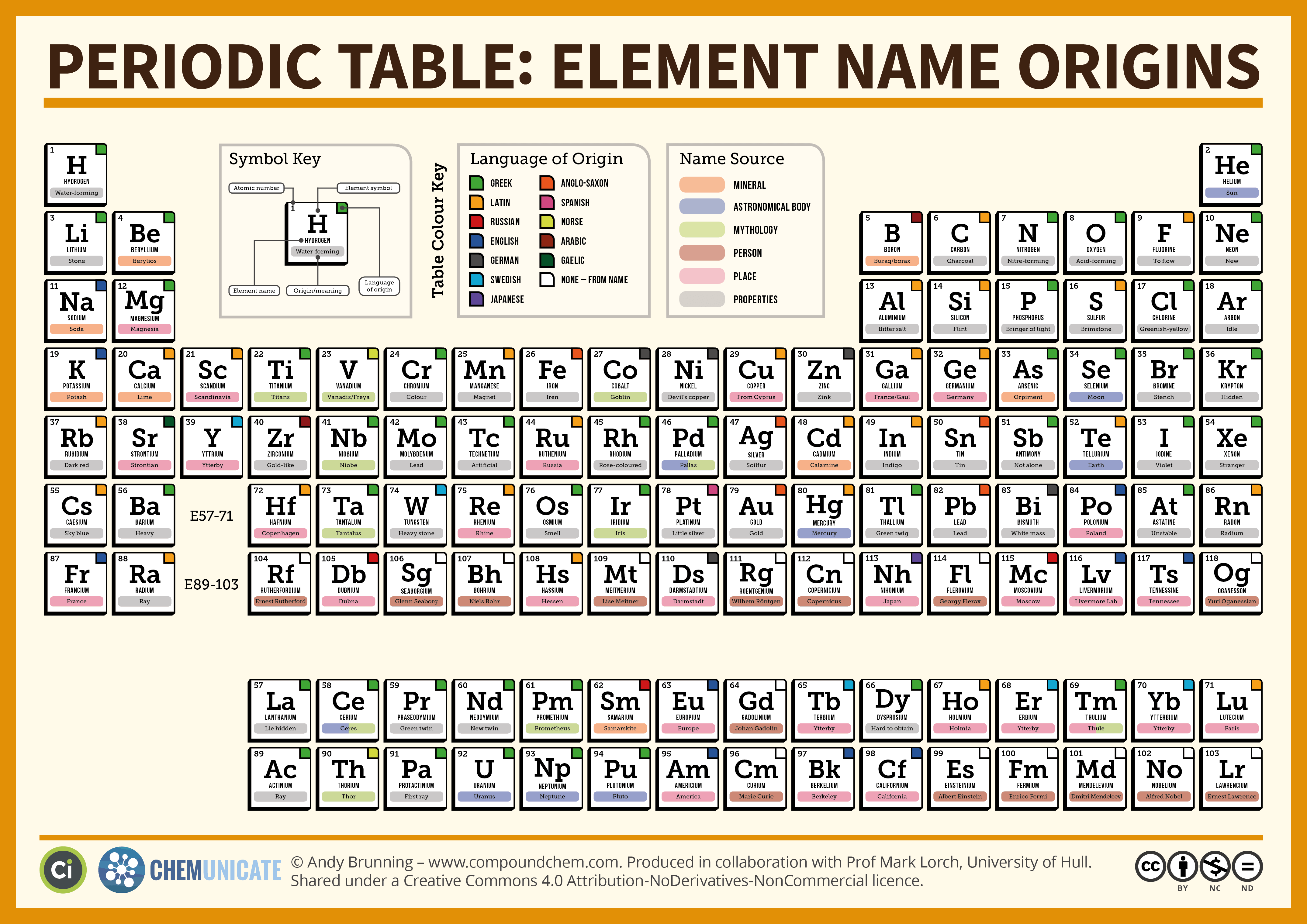
Atomic radius increases down a Group as the valence electrons are in higher energy shell which allows the valence electrons to be farther away from the nucleus.Atomic radius decreases along a Period as the atomic number increases (left to right due to the larger positive charge of the nucleus pulling closer valence electrons that are all in the same energy level for all the elements in the same Period).Lewis Dot Structure for Negative Ion Below: Use brackets, show the valence electrons after the ion has gained electrons and show the charge outside the bracket.Lewis Dot Structure for a Positive Ion Below: Use brackets, do not show any valence electrons after the positive ion is formed and show the charge outside the bracket.Number of protons do not change when an atom gains or loses an electron.Charge is shown on the upper right portion.

Symbol for the element is Na, but the symbol for the ion is Na 1+.Example: Sodium positive 1+ ion has 10 electrons and 11 protons.Example: Sodium has 11 electrons and 11 protons when it is neutral.Notice the charge of the ion is shown on the upper right portion of the symbol. For example, Cl is the element symbol, but the symbol for the ion is Cl 1. Know the difference between the symbol for the element compared to its ion.Example: Chlorine negative 1- ion has 18 electrons but 17 protons.Example: Chlorine has 17 electrons and 17 protons when it is neutral.The charge is determined by the difference in the number of protons and electrons in an atom.Number of protons remains the same when ions are formed.Nonmetals tend to gain electrons to form negative ions.Metals tend to lose electrons to form positive ions.Atoms tend to gain, lose or share electrons to get valence electron configuration similar to the noble gases (Group 18).Ion is an atom or group of atoms with a positive or negative charge.Group 18 (Noble Gases) elements have a "stable electron configuration".Example: Group 17 elements have 7 valence electrons.Example: Group 1 elements have 1 valence electron.Elements in the same Representative Group have similar chemical properties because they have the same number of valence electrons.Elements in same Representative Group have same # of valence electrons, except helium in Goup 18.Elements in same Period have same # of energy levels or shells.Hydrogen is the only element on the left side of the BOLD "staircase" boundary that is a nonmetal.Elements with boundaries on the staircase are the metalloids, except alumunum ("Al"). Look for the BOLD staircase in your Periodic Table as the "boundary between metals and nonmetals. All elements are classified as metals (left side), nonmetals (right side, but not including Group 18 elements) or metalloids.


Lewis Dot Diagrams show only the valence electrons of an element.Sometimes just referred to as Lewis Electron Dot Diagram.Translated Editions: 2010 Edition of the Reference Tables for Physical Setting/Earth Science ( Caution: Based on your printer settings, the ruler on page one of these reference tables may not print exactly to scale.2010 Physical Setting/Earth Science - For use only with examinations administered from January 2010 to August 2011įor Physical Setting/Earth Science (1.1 Mb).Tables for Physical Setting/Chemistry pp10-12įor use only with examinations administered prior to June 2002 2002 Physical Setting/Chemistry - For use only with examinations administered from June 2002 to June 2011.


 0 kommentar(er)
0 kommentar(er)
